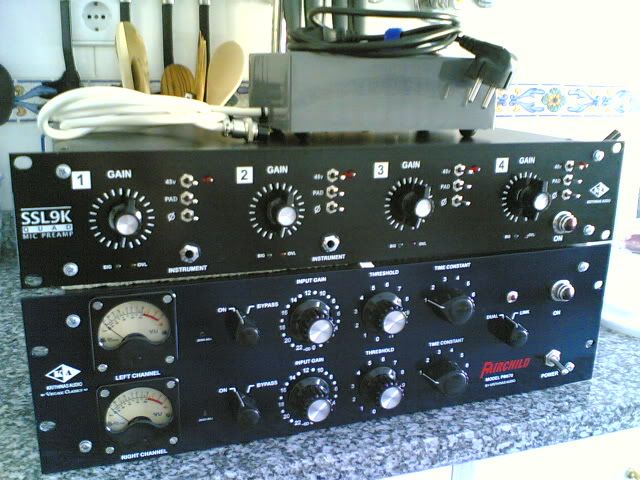emrr said:
[silent:arts] said:
it should have been mentioned it is not a beginners project.
It was, I believe.
glad to hear

Doug,
even I still think my english skills aren't good enough I feel I have to respond ...
and don't get me wrong

emrr said:
it is getting scary.
won't do this anymore.
I'm not sure what's scary to you. I simply suggest that as a matter of PR, the lack of input or commentary from the designer appears to be both frustrating and scary to many who wish to believe the project is both good and worth finishing. Many have clearly finished it to success, and moved on. Others clearly feel the baby has been left in a basket on the steps of the church, without even a note pinned to it's blanket. I think it's correct to say we've experienced that range of emotion, right or wrong, in this thread. It's disheartening to watch, as a bystander, and I suggest the effects worth observing, as anyone offering a project of any type will find their reputation affected by the public reaction to the follow-through aspect. A simple observation.
scary to me is:
- one builder having problems spaming the hole thread with 58 posts in 9 days. I called it impatience before.
- claiming why nobody wants to help (with you, lolo-m and moby and some others by side trying to help. thank you all btw)
- claiming missing documentation. this builder has more documentation than any other.
it was never promoted the designer will give support.
emrr said:
at the end, you don't buy support with PCBs.
Volker
Sure, but a private party like this has to have more internal support, to cover that support which is lost with an open-source project that all can view freely. It took extra requests to get the +/- 17V supply schematic published; to simply state that the +/-17 section is 'standard circuitry' assumes that all builders are well versed in all types of PSU's, which is at best wishful thinking. It took extra requests to get any detail whatsoever on the setting of the trimmers. I don't recall seeing any descriptive about what variance in the trimmers might do, and that would seem to be another piece of useful knowledge, especially in a troubleshooting situation. These are extremely basic support issues, and I would think the effort put into extra support documentation would be worth it, if only to shut down the endless related questions that we experience now.
the "private party" has been a wish of this community to release this project.
if somebody can't see from the PCB how the +/-17V PSU works I don't think he should build it.
since I'm not the "master" of this project I asked first if it is ok to release it, I have to wait for approval. again, somebody might be busy, on holiday, whatever. it might take some time.
my prototype was build without any trimmer statements, voltages. mhm, I didn't touched them and it worked, I played around with them it worked better. isn't this DIY ???
we talked the designer to publish his settings, and he did.
emrr said:
Please know that I only wish this commentary to help; I have no desire to lay out pointless criticism, and wouldn't waste my time on it if I thought it were so. I am a vested player in this project, only moving too slowly to be much help in troubleshooting at this date.
be sure I'm aware of this, and I thank you for all the support you already did.
I will for sure think over it and how to do the next projects.
if you can't live without analag = no D-AEQ from me.
if you can't live without kubi = no Jensamp from me.
others.
all might be busy with other things in their life.
most sad thing is there are other, more patient builders with problems too.
they have to get support too, and I will concentrate more on this in the future.
by reading this whole thread one offer:
if this specific builder wants his money for the PCBs back I'm open to this option.
I even would buy this complete build (excluding the PSU transformer, this one was never recommended) - just of curiosity what was done wrong with this build.



